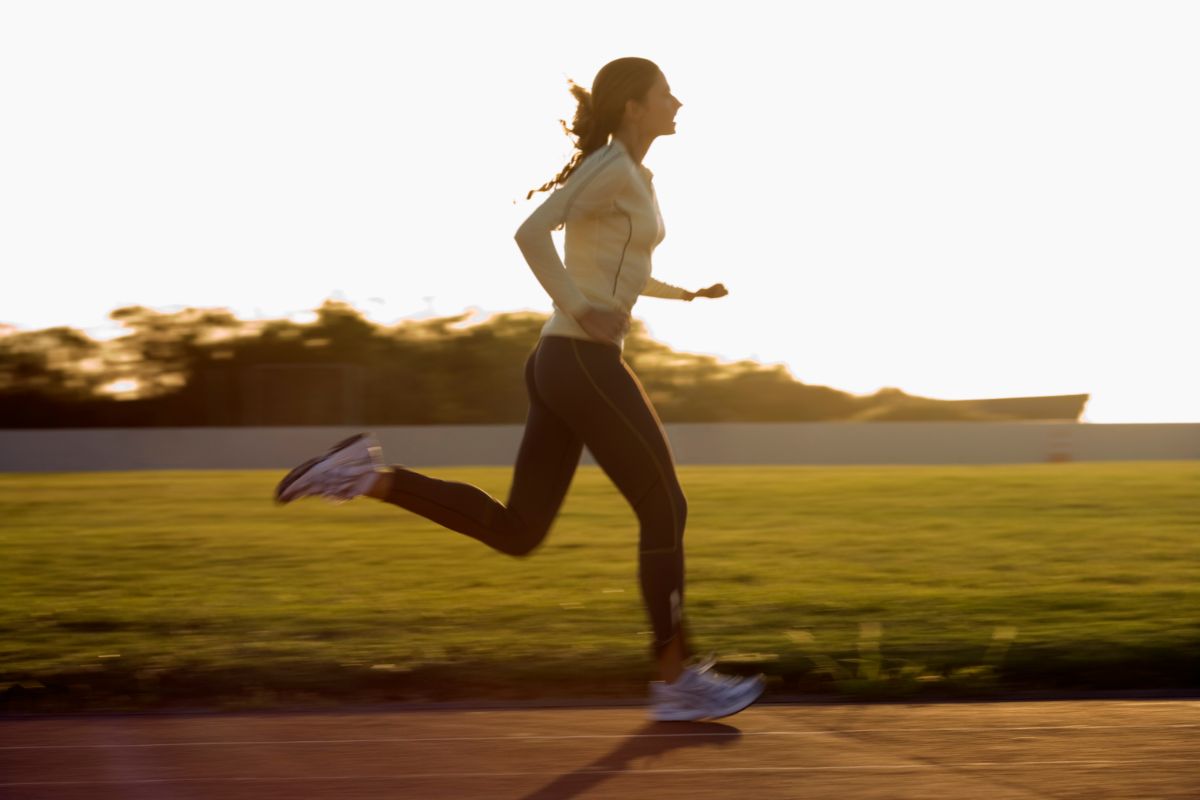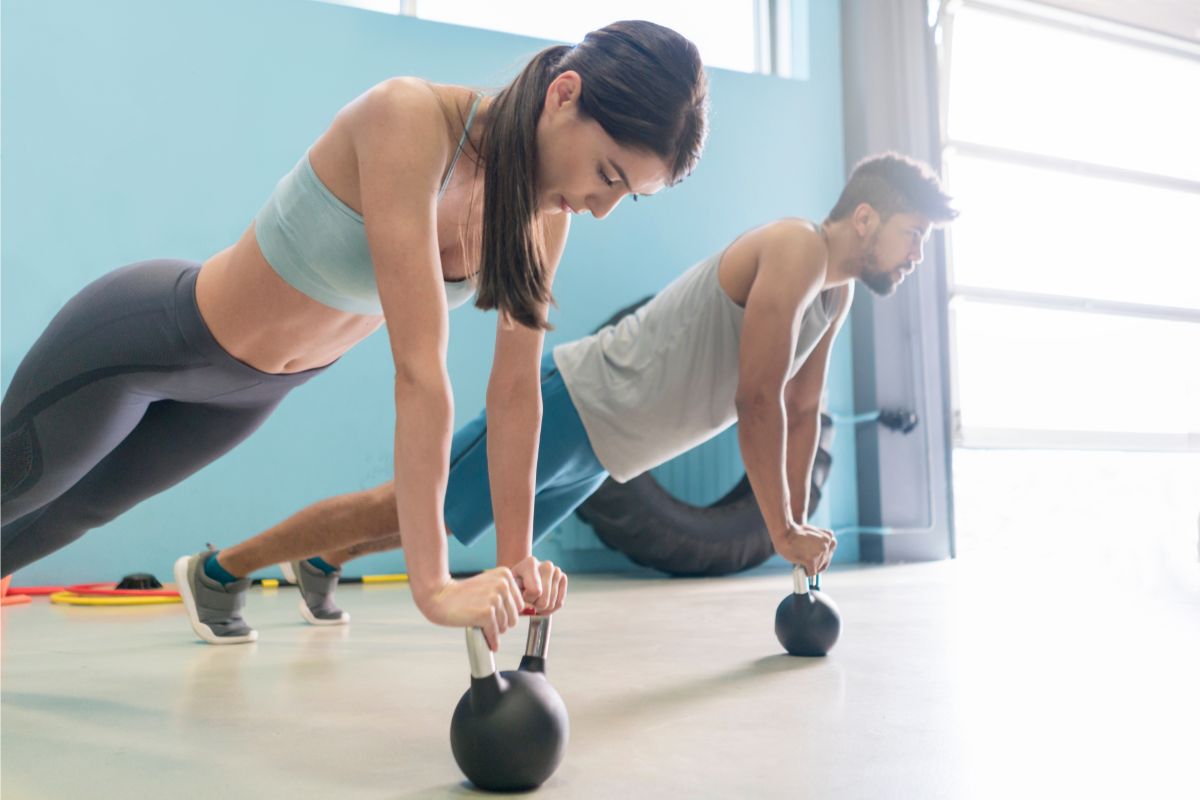Learning to be the best runner you can usually revolve around covering distance, getting faster, and safely to avoid injury.
These are all very important facets for a runner to focus on, but they aren’t always the most important thing to focus on.

Learning to run distances at higher speeds often means looking a little closer at your technique, and there are many technical terms used to describe ways you can do this.
‘Cadence,’ is one that you’ve probably come across, but for somebody new to running this concept can be hard to understand.
If you’ve encountered this term and aren’t sure what it means – don’t worry! We’re here to help!
In this article, we’re going to be talking about everything to do with cadence. We’ll explain what it is, how it works, and how you can improve your cadence when running.
We’ve also made sure to include a short FAQ section to answer any other questions you may have related to this concept.
Let’s get into it!
What Is Cadence?
Cadence in speaking is the way a voice sounds, but in running it’s used to describe how a person runs.
Generally, it can be defined as the number of steps a person takes as they run. This will determine many things, such as speed and distance traveled.
Everybody has their own cadence naturally, though this can change for a lot of reasons.
Your cadence will typically be determined by a few factors, we’re going to break them down for you here:
Your Height
Depending on your height, you will probably have a different cadence. For example, if you are tall and have long legs, you’re going to have a much larger stride.
This will mean that it will take fewer steps to cover a certain distance than somebody with a smaller stride.
Where You Are Running
The location of your run is going to affect your cadence massively. Say, for example, you’re running up a steep hill – this is going to change your cadence as the inclination of the ground will mean you need to work harder.
It’s the same with a steep decline, and experienced runners will know how to adjust their cadence accordingly.
Cadence is important as it will determine your speed. If you’re a runner looking to improve your technique and break through certain goals, cadence is one of the things that you can manage that will help you to do this.
Why Should You Improve Your Cadence?

Getting a good understanding of running cadence will help you to increase your speed and the kind of runs you’ll be able to complete.
Stride frequency will allow you to regulate your energy and speed and will be beneficial in both long-distance and even in sprints.
Long Distance
Long distance running is all about being efficient with your energy. If you naturally have a running cadence that is more than you can manage, this will cause you to gas out on long runs and stop you from hitting your goals.
Finding a running cadence that is both fast and efficient is vital for running long distances.
Sprints
If you’re looking to run very fast over a short distance, cadence is equally important. Cadence will determine how often your feet hit the ground and how much traction you’ll be able to pick up.
The final thing we want to explain is how important cadence is for staying injury-free.
The shorter stride you have and how often you step per minute will cause running to be less taxing for your body.
Impact is usually the thing that will injure you, and in order to stop excessive impact you will need to find a cadence that is right for you.
How To Improve Your Running Cadence?
The first thing to realize here is that cadence is different per person.
The average steps per minute for a runner tends to be around 150-180. This is a great goal to shoot for, but anything higher will only be beneficial to you.
To determine your running cadence, the easiest way is to simply set a timer, run at your normal pace, and count your steps.
This timer should be for a minute, and by the time you’re done the number in your head is going to be very close to your steps per minute.
You can repeat this a few times if you’re not sure that the number you have is authentic.
You can also do this with a sports watch. Some modern versions have feature that will track this for you, but sometimes it’s easier to just do it yourself.
One of the easiest ways to improve your running cadence is with audio cues.
You can easily find a metronome app on your phone, and some running apps have a feature like this baked-in, that will allow you to regulate your steps in time with a regular audio cue.
You can gently increase this over time to improve your cadence.
Important Note: Make sure that you’re not pushing yourself too hard. It’s very easy to injure yourself if you put more stress on your knees, joints, and feet than they’re used to.
It’s best to start slow and then slowly increase this as your sessions progress.
Final Thoughts
Improving cadence can have massive benefits to your performance as a runner.
Not only is it vital for increasing your speed and the distance you can travel, but it’s also a way to stop yourself from getting injured.
If you’re new to running, it’s something that you should consider early, so that you can maintain good practices that will last you a lifetime.
We hope that this article has helped you to understand what running cadence is and why it’s important.
Running is a perfect way to keep fit, and it’s relatively risk-free providing you work on the fundamentals and don’t push yourself too hard.
We wish you the best of luck on your running journey, no matter what your goals are!
- Can Dogs Run Faster Than Humans? (Running With Your Furry Friend) - October 4, 2022
- 10 Doggie Fun Runs You Will Love [Ultimate Guide] - October 4, 2022
- What Are Division Results In Running? - October 4, 2022








